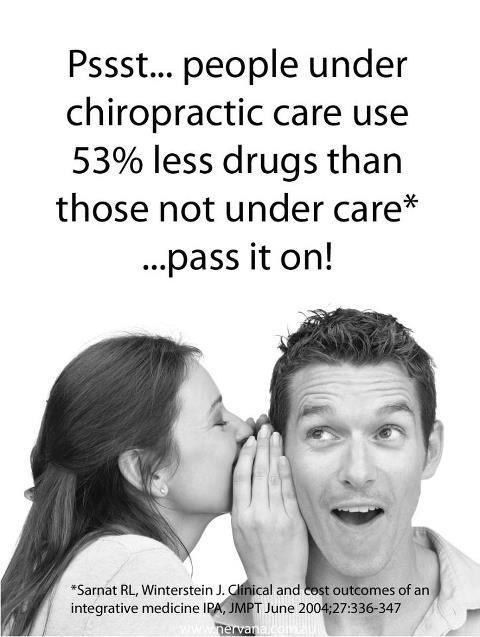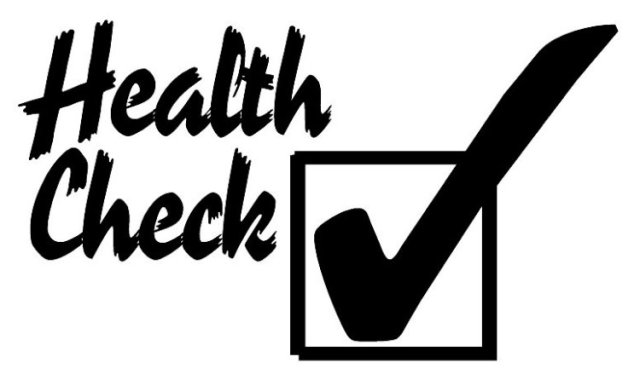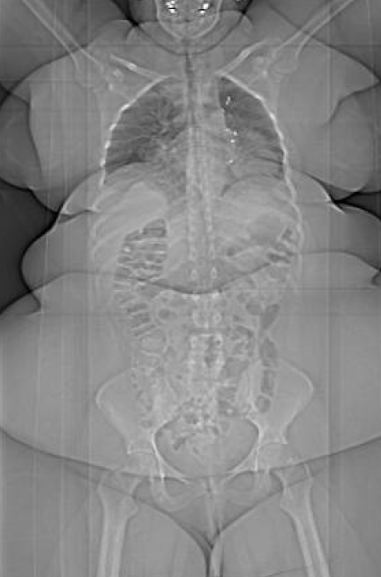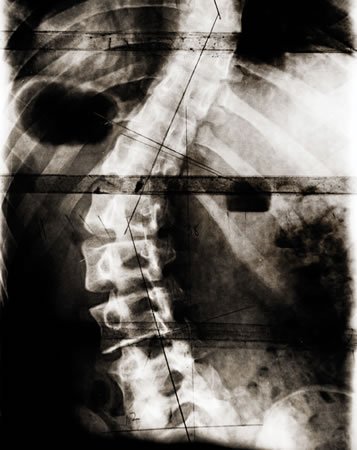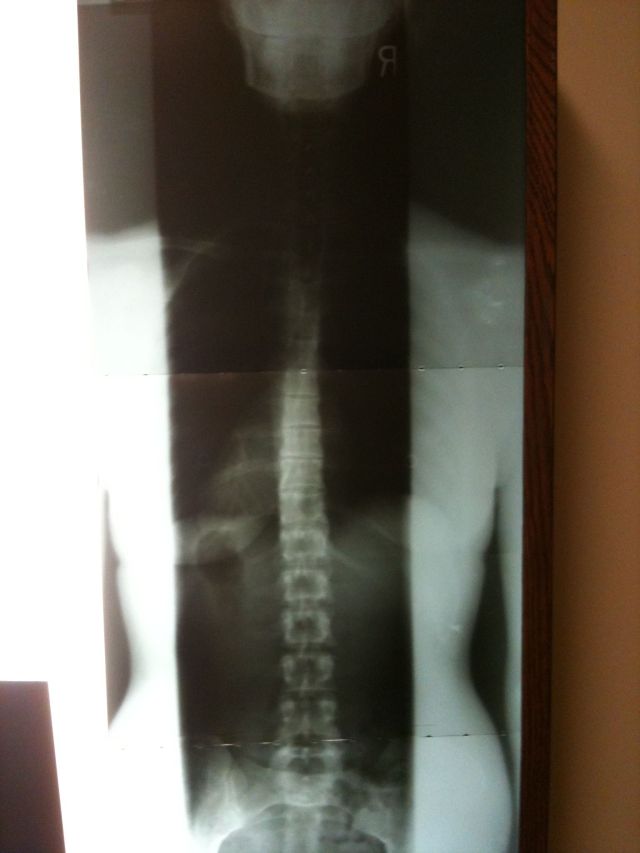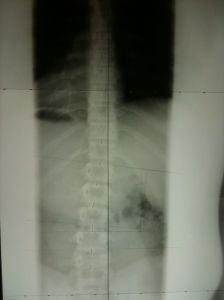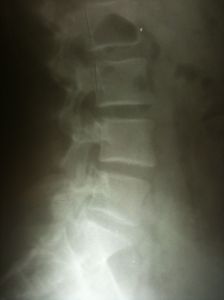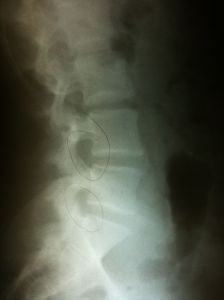Wellness healthcare is a way of life that differs significantly from traditional drug-based care.
When you look at the science of how the body works, you understand that being healthy is not the same thing as having an absence of symptoms or diseases. Knowing this fact, the chiropractic profession embraces the concept that being proactive about your health is the only surefire way to stay optimally healthy throughout your lifetime. If you have to wait for symptoms to occur, you are already past the point of maintaining your health.
The following are the top 10 things every human being needs to do to maintain their optimum health throughout their entire lifetime (whether they feel good, feel terrible, have a serious disease or are perfectly healthy):
1) A Life-Long Commitment to Learning: The more you understand about health and wellness, the more likely you will be to maintain it. New health research comes out every single day in America, so if you aren’t constantly seeking out new information, you are most likely using outdated research to make your healthcare decisions.
That’s why we offer so many ways to become better educated about your spinal and neurological health. (If your only source of health information is your TV, a Google search, or WebMD, then you’re certainly not getting the whole truth when it comes to what works in healthcare today.) You can subscribe to my blog for free at www.drbrianheer.com to stay in the loop with the latest research on wellness. I pull most of my articles from the peer-reviewed research journals, where the most valid and evidence-based information is published by the top scientists in the world. I put it together into easy to read articles that you can use to change your life.
2) Use Our Experience: The recommendations you’ve received are based on our clinical experience treating thousands of patients with similar problems.
Chiropractic is a completely different form of healthcare that is designed to correct the underlying structural condition that is generating your painful symptoms.
It will always take longer to fix the cause than it will to reduce the symptoms, and that’s why it is so important to “start with the end in mind.” If you base you healthcare experience on treating symptoms, you run the risk of allowing the root problem to get much worse.
Just like braces on the teeth require repetitive adjustments to slowly correct the alignment of wayward teeth, chiropractic correction of a poorly aligned spine requires repetitive adjustments over a period of anywhere from 2 months up to 2 years, depending on the length of time the problem has been present. Adhering to the type of care your doctor recommends is essential for long-term correction and for halting the degeneration that accompanies spinal misalignment.
3) Exercise For The Right Reasons: Going to the gym to make your muscles look stronger or to lose weight is fine, but it has very little to do with improving your health. (Fitness isn’t the same thing as health.)
The true purpose of exercise is to create movement in the joints and muscles of the body and to stimulate cardiovascular health. That’s it!
When you lose mobility in any part of the body (spine, bowels, heart, blood vessels, etc.), you inherently lose some level of normal function. Getting proper weight-bearing exercise is essential to bone and joint health. Just walking 20 minutes every other day can be extremely helpful. Research shows that as little as two minutes of intense exercise every few hours throughout the day can have substantial health benefits.
Inactivity and a lack of routine exercise are common causes for poor posture and deconditioned muscles that can allow the alignment of the spine to shift, leading to nerve compromise and spinal degeneration. It is vital to your health that you never let more than 4 to 5 days go by without some sort of intense physical exercise.
4) Nutrition & Water Intake: Nutrition is of vital importance when it comes to how the body heals. Your brain cannot turn low quality nutrition into healthy cells, so while it’s always important to practice healthy eating habits, it’s even more important to eat better when you are healing from an injury or disease.
Processed foods (like white bread, pizza, bagels, pasta, cookies, lunch meat, burgers, hot dogs, bacon, etc.) are the prime nutritional contributors to disease and inflammation. Avoiding processed food is essential to your overall health, and it is extremely important to clean up your diet when healing from any health problem.
Equally important is your overall hydration level. Water plays a key role in the health of your joints, in the transmission of nerve impulses, in cellular waste removal and in hundreds of other body functions. Proper water intake is essential when healing from pain-based conditions, especially problems like headaches, joint pain, and muscular complaints.
You need at least ½ an ounce of water for every pound of body weight. So if you weigh 100 lbs, you’ll need to ideally get up to the level of 50 ounces of water each day. That’s probably much more than you currently drink each day, so you will need to slowly build up to that amount over several weeks or months to do it comfortably.
5) Massage Therapy: Massage isn’t just for relaxation and feeling good. In fact, those are the two least important reasons to get a massage.
The real purpose behind massage is to break up muscular adhesions that are forming around your spine and extremities as a result of your alignment. The goal of massage is to facilitate proper joint motion and reduce stress on your central nervous system, and at the same time induce relaxation of the muscles.
6) Get Adequate Rest: Sleeping less than 7 hours each night is proven to be detrimental to your brain and the ability of your nervous system to function and heal.
Our body rarely heals well during the day when we are upright, moving about and on-the-go. Healing primarily occurs while we are asleep, non-weight bearing, and relaxed. That’s one of the reasons why it is so vital to get the appropriate amount of rest each and every night.
7) Adopt Healthier Habits: Now is the time to think about quitting your bad habits.
As you are working to create better spinal and postural habits, this is the perfect time to reprogram your brain and to give up the caffeine or sweets addiction, quit smoking cigarettes, start walking or exercising more, and work on taking really good care of your body. The longer a bad habit has been around, the longer it will take to change and you have to expect resistance. Just like changing your spinal alignment should take a few months and will have ups and downs, so will changing your dietary habits, losing weight, getting fit, or getting better quality rest and relaxation. You have to start with the end result in mind, and should never focus on how you feel day-to-day when changing an old, bad habit out for a newer, healthier one.
8) Reduce Mental Effects Of Stress: Everyone is stressed out. Some are more stressed than others, but the fact remains that the type of stress our bodies and minds endure today is infinitely greater than the stresses of our parents and grandparents generations.
You must first accept that stress is affecting you each and everyday. Denying that you are under stress everyday is like denying that gravity exists.
Gravity is a form of physical stress that is constantly pulling you down toward the ground and altering your spinal alignment. Deadlines are a form of mental stress that tax your nervous system. Work expects the world of you. Your family expects even more.
Have a healthy relationship with stress by admitting it is there and then incorporating activities into your lifestyle that can help to reduce its effects.
9) Attend To Spiritual Matters: We are all spiritual beings living a human experience. You live your entire experience of life through your nervous system. Every sensation, every sound, every thought, and every movement is directed by your brain and spinal cord. If you don’t have a good handle on your place in this world, you may remain spiritually unanchored and find that your health suffers greatly because of it.
10) Remain Hopeful: Hope is the emotional state which “promotes the belief in a positive outcome related to events and circumstances in your life.”
You must hold out hope for regaining your optimal health and the quality of life you desire. Your body has the amazing ability to heal itself. We should always give our body the chance (and the time) it needs to heal from the inside-out before we ever drug our body, cut out an organ, or resort to anything artificial or dangerous. You cannot force health into the body from the outside-in, and yet, that’s the core message behind modern medicine.
Remain hopeful and realize that the power to heal is already working inside you. You just have to take away the things that are interfering with your inborn ability to heal, and that’s what the chiropractic adjustment is designed to do on the most basic neurological level.
The Truth About Healing:
Health isn’t really that hard to maintain, but it does require some work. Taking a “wait-and-see” attitude will rarely work out in the long run. You can be reactive when it comes to your finances or your relationships, but you have to be proactive when it comes to your health. You have to do good things for yourself when everybody around you seems to be doing the opposite. You will likely feel like an island (like you are alone and swimming against the tide) because so many people are doing the exact opposite. But that’s what it takes to live a truly healthy life.
You CAN do it, and now you have ten ways to get there on your own. Print this out. Hang it where you will see it each and every day, and use it to change your life for the better.
Dr. Heer
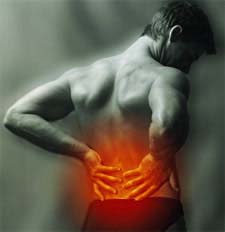 Rainy days have historically been associated with aggravating arthritis pain. Just ask any senior citizen how they feel on a rainy day and you’ll understand that a poorly aligned spine and changes in the barometric pressure don’t necessarily agree with one another.
Rainy days have historically been associated with aggravating arthritis pain. Just ask any senior citizen how they feel on a rainy day and you’ll understand that a poorly aligned spine and changes in the barometric pressure don’t necessarily agree with one another.



